There’s something magical about giving your home a fresh feel—it’s that mix of excitement and comfort when your space starts to feel right again. The trick? You don’t need to tear down walls or spend a fortune to get there. With the right decorating ideas, even small shifts can breathe new life into your home.
So, if your rooms feel a little stale or mismatched lately, here are eight decorating ideas to help you create a space that feels cozy, intentional, and genuinely you.
1. Start With a Strong Color Story
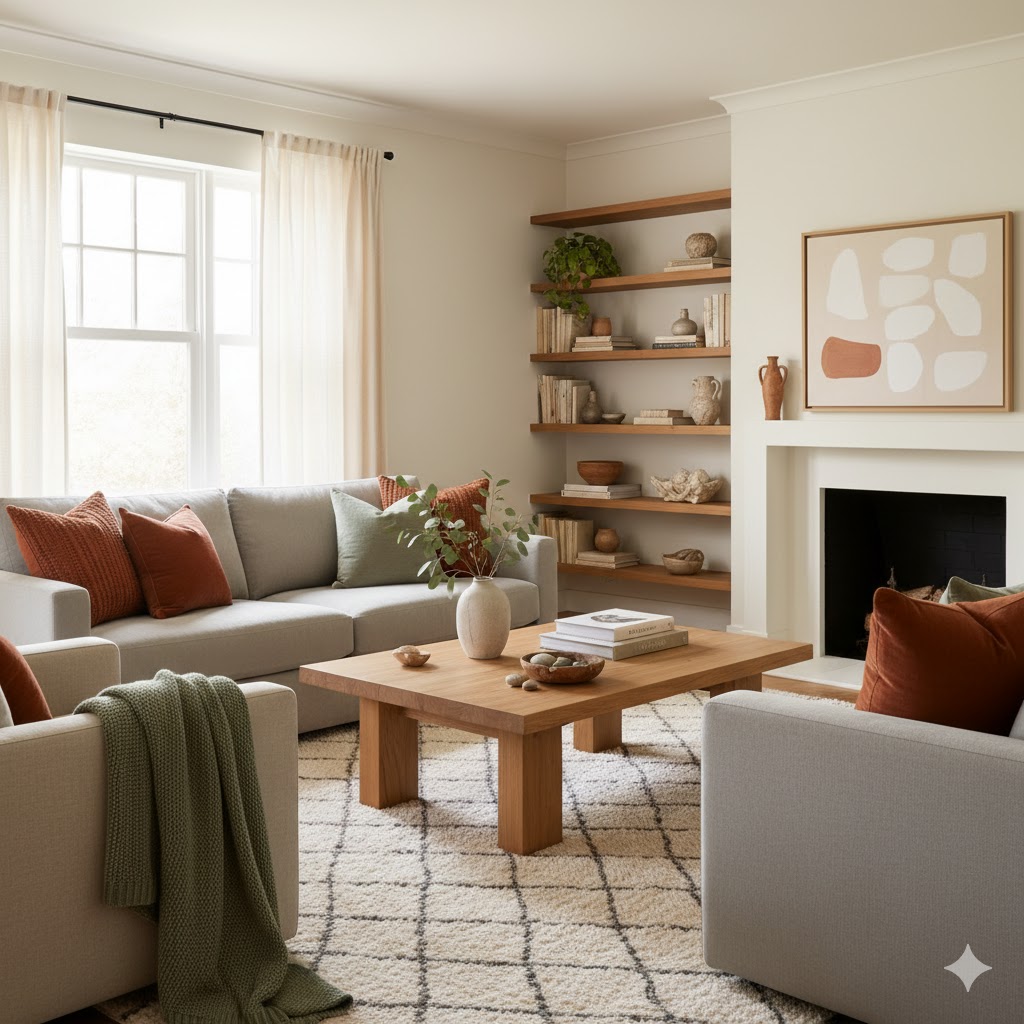
Color sets the tone of your home—it’s like the personality your space wears. Try building your decor around one dominant shade, then layer in two or three complementary tones. For example, earthy neutrals like clay, beige, and olive can create a warm, timeless vibe.
If you’re feeling bold, go for something unexpected like terracotta with navy blue. Just keep your palette consistent from room to room—it’s what makes your home feel cohesive, not chaotic.
2. Mix Old and New

The most charming homes are rarely made of brand-new furniture sets. A little mix of modern and vintage gives your space texture and soul. Maybe that means pairing your contemporary sofa with your grandma’s old trunk or adding a thrifted lamp to your minimalist desk.
Don’t overthink it—contrast is your friend. That’s what gives a room that collected-over-time feeling, which always feels warmer than something straight from a catalog.
3. Play With Texture

Texture makes a home feel alive. Think about how different surfaces interact—the roughness of a jute rug against smooth hardwood, or the crisp linen next to soft velvet cushions.
Layering textures keeps things visually interesting without needing bold colors or busy patterns. Even subtle changes, like a chunky knit throw or ceramic vase, can completely change how a room feels.
4. Add Life With Greenery
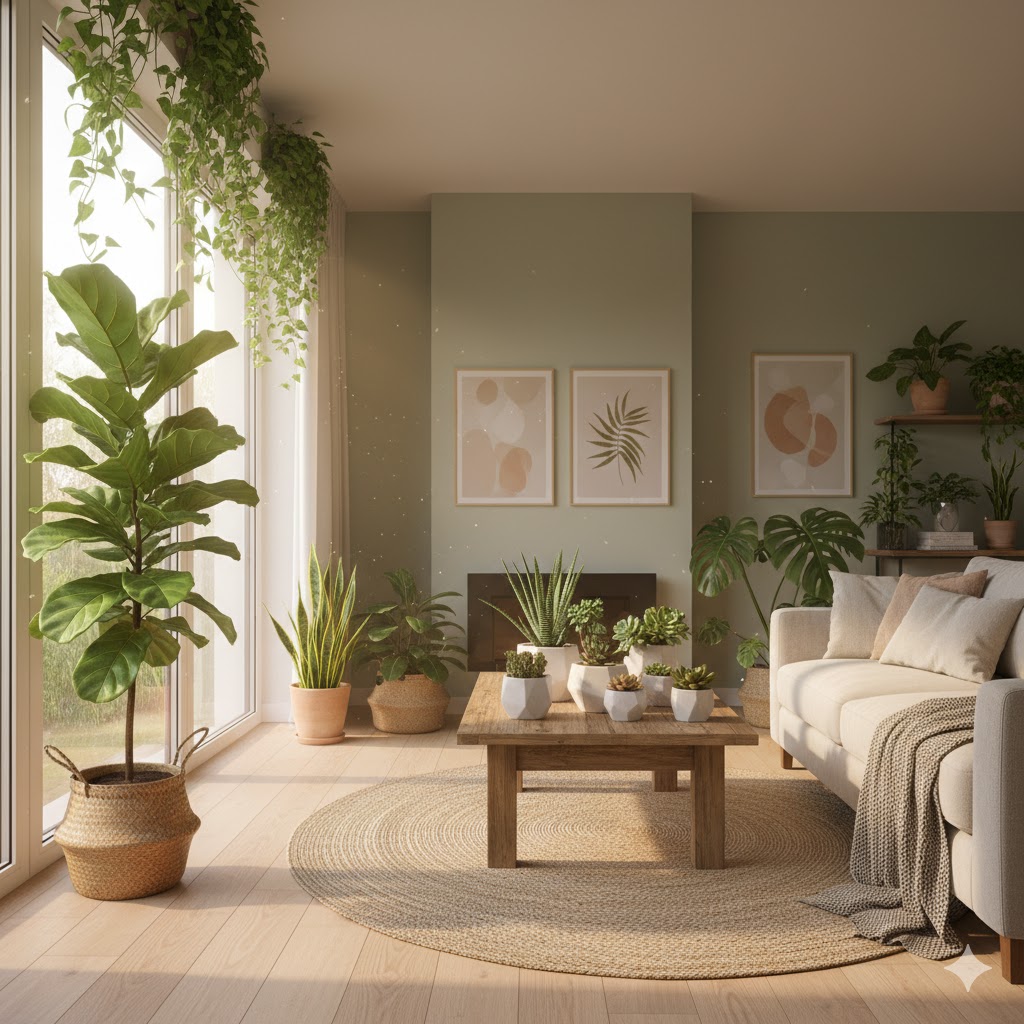
Plants instantly make your space feel more vibrant and grounded. You don’t need a green thumb—start with easy ones like snake plants, pothos, or ZZ plants.
If real plants aren’t your thing, high-quality faux ones can still add that sense of freshness and color. Either way, a bit of greenery softens sharp lines and adds texture to modern decor.
5. Use Art to Tell Your Story
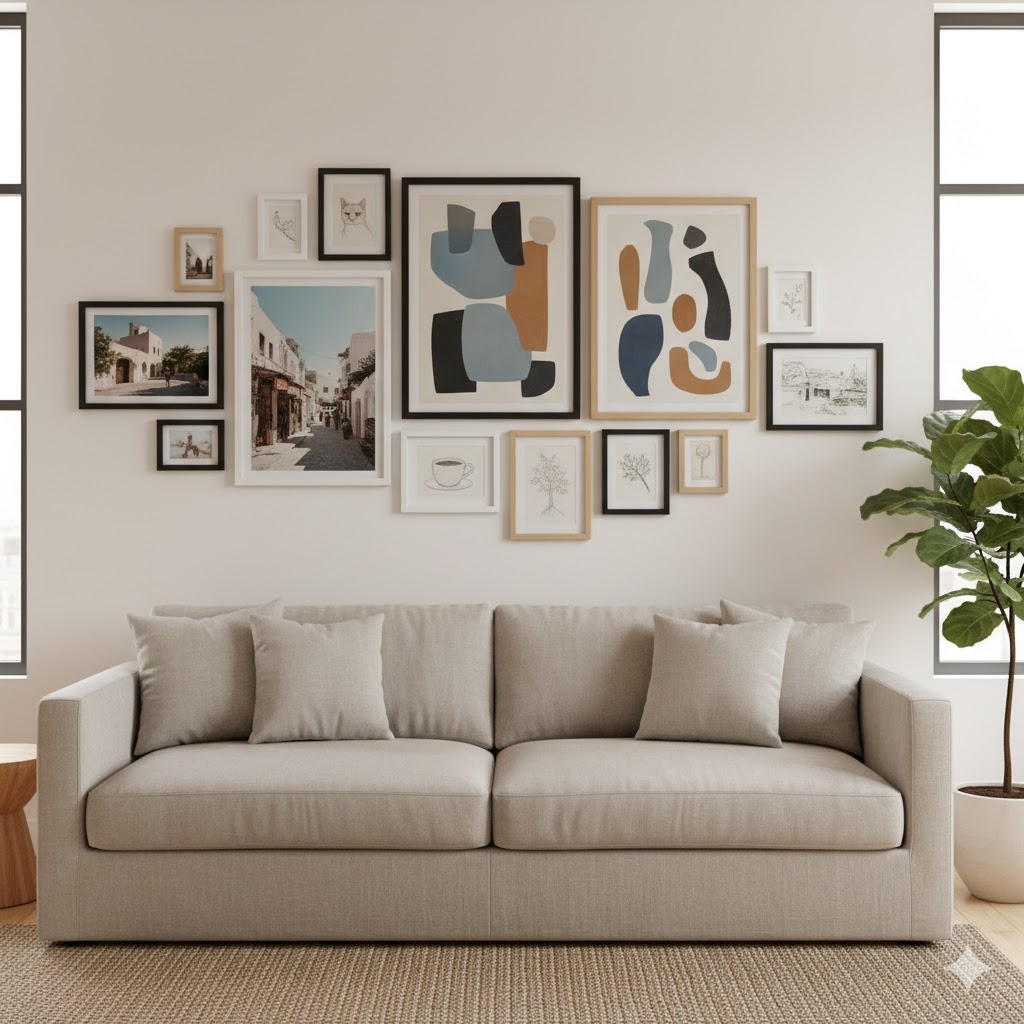
Art doesn’t have to be expensive or complicated—it just needs to mean something to you. Create a gallery wall of prints, photos, or even postcards that reflect your personality.
You can mix frame styles or even use washi tape for a more casual look. What matters is that every piece feels like it belongs to your story, not just a trend.
6. Layer Lighting for Mood

Lighting might be the most underrated part of home decorating. Harsh overhead lighting can make even the nicest space feel cold. Instead, layer different light sources—use warm-toned bulbs, add table lamps or wall sconces, and consider candles for a soft, flickering glow.
Light isn’t just functional—it shapes the atmosphere. You want your home to feel warm and welcoming, not like a waiting room.
7. Focus on the Entryway
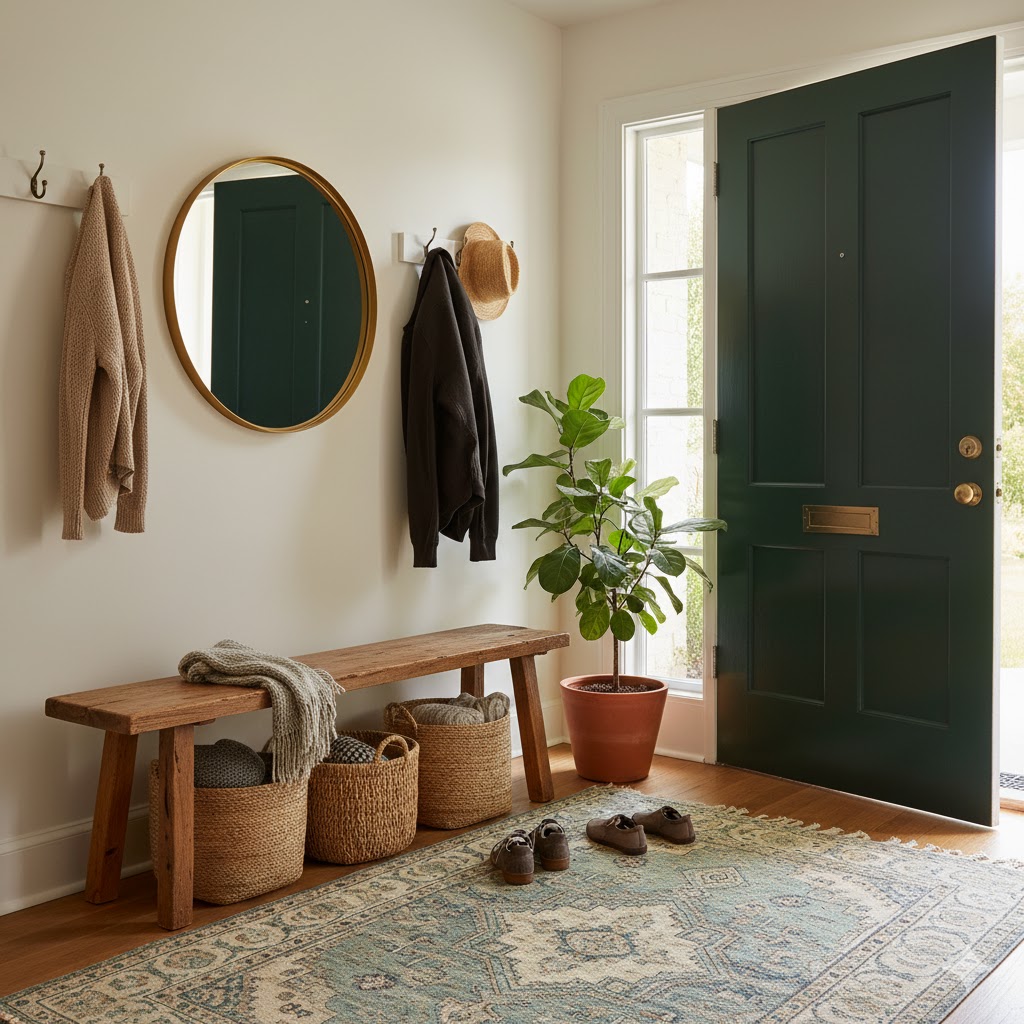
Your entryway sets the tone for your whole home. Even if you’ve only got a few feet of space, a little styling goes a long way. Add a rug, a bench for taking off shoes, and a mirror to open things up.
It’s also a great place to inject some personality—maybe with a bold wall color or a framed quote that makes you smile every time you walk in.
8. Make It Personal
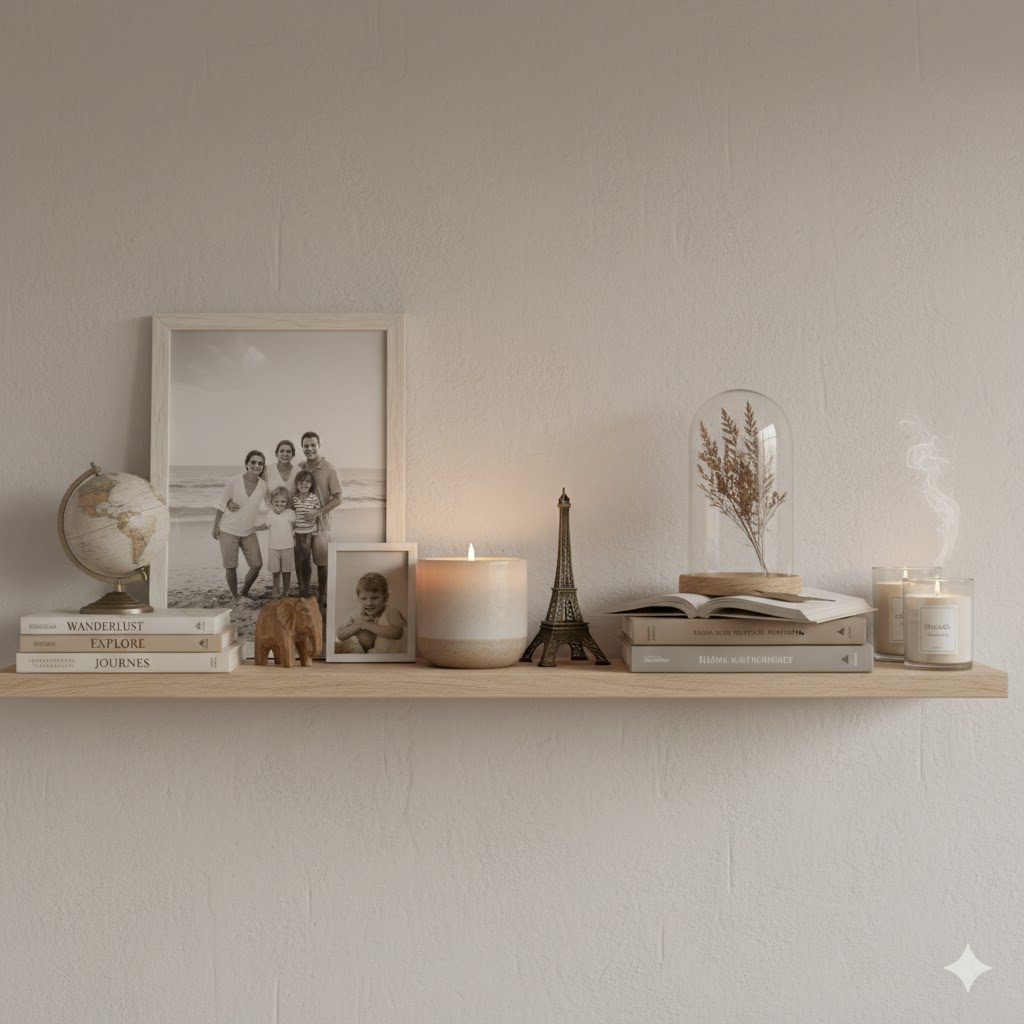
At the end of the day, your home should tell your story. Add personal touches—a hand-me-down vase, your favorite books, a candle that reminds you of home.
Don’t chase perfection. The best-decorated homes are the ones that feel collected, loved, and lived in. The ones where you walk in and instantly feel like someone really lives there.
Final Thoughts
There’s no single “right” way to decorate a home. Trends come and go, but your home is meant to evolve with you. Maybe you start by changing your wall color, swapping pillows, or adding a plant in the corner—small things that somehow make the entire room feel new again.
The beauty of decorating is that it’s ongoing. Every piece, every photo, every candle you add builds your story. And that’s what makes a house a home—layers of care, intention, and a touch of you in every corner.